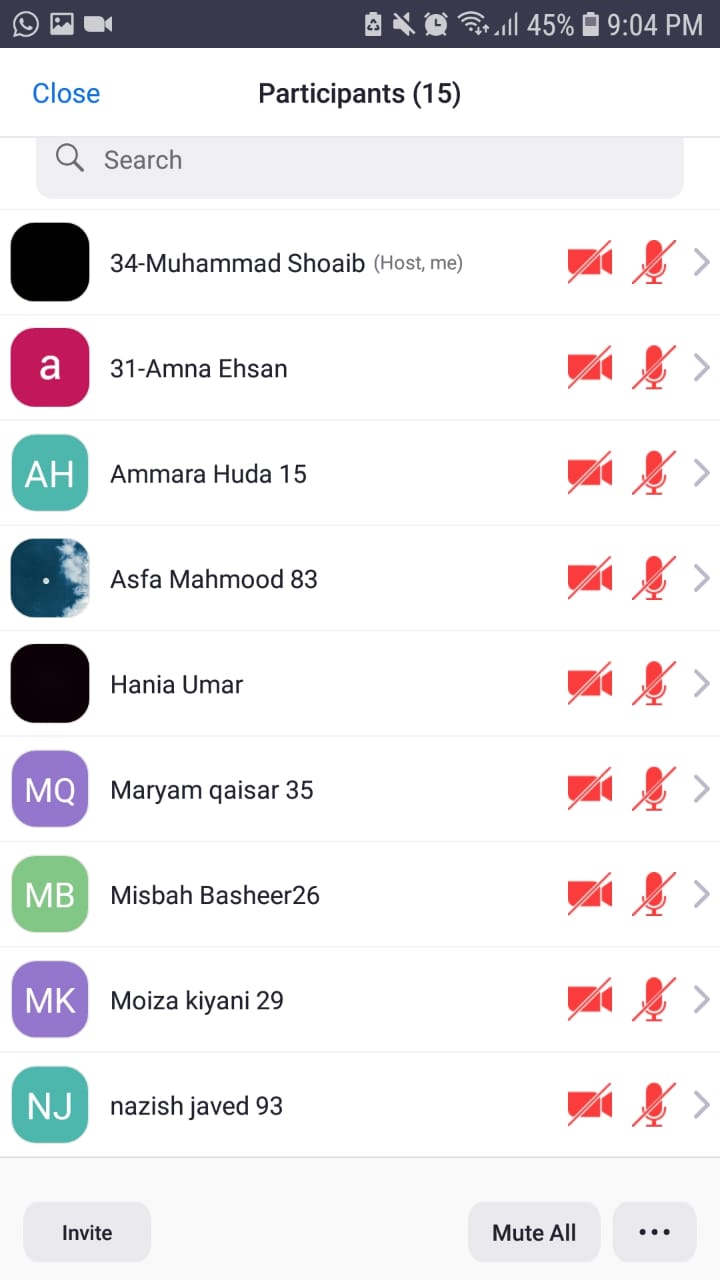DNN Training, from theory to practice
This repository is complementary to the deep learning training lesson given to les Mines ParisTech on the 11th of March 2022 as part of the Large Scale Machine Learning class.
You can find here the slides of the class.
Requirements
To get started, clone it and prepare a new virtual env.
git clone https://github.com/adefossez/dnn_theo_practice
cd dnn_theo_practice
python3 -m venv env
source env/bin/activate
python3 -m pip install -r requirements.txt
Note: it can be safer to install PyTorch through a conda environment to make sure all proper versions of CUDA realted libraries are installed and used. We use pip here for simplicity.
Basic training pipeline
To get started, you can run
python -m basic.train
You can tweak some hyper parameters:
python -m basic.train --lr 0.1 --epochs 30 --model mobilenet_v2
This basic pipeline provides all the essential tools for training a neural network:
- automatic experiment naming,
- logging and metric dumping,
- checkpointing with automatic resume.
Looking at basic/train.py you will see that 90% of the code is not deep learning but pure engineering. Some frameworks like PyTorch Lightning can save you some of this trouble, at the cost of losing control and understanding over what happens. In any case it is good to have an idea of how things work under the hood!
PyTorch-Lightning training pipeline
Insite the pl_hydra folder, I provide the same pipeline, but using PyTorch-Lightning along with Hydra, as an alternative to argparse. Have a look at pl_hydra/train.py to see the differences with the previous implementation.
python -m pl_hydra.train optim.lr=0.1 model=mobilenet_v2
Using existing frameworks:
At this point, it is a good time to introduce a few frameworks you might want to use for your projects.
Hydra
Hydra handles things like logging, configuration parsing (based on YAML files, which is a bit nicer than argparse, especially for large projects), and also has support for some grid search scheduling with a dedicated language. It also supports meta-optimizers like Nevergrad (see after).
Nevergrad
Nevergrad is a framework for gradient free optimization. It can be used to automatically tune your model or optimization hyper-parameters with smart random search.
PyTorch-Lightning
PyTorch Lightning takes care of logging, distributed training, checkpointing and many more boilerplate parts of a deep learning research project. It is powerful but also quite complex, and you will lose some control over the training pipeline.
Dora
Dora is an experiment management framework:
- Grid searches are expressed as pure python.
- Experiments have an automatic signature assigned based on its args.
- Keeps in sync experiments defined in grid files, and those running on the cluster.
- Basic terminal based reporting of job states, metrics etc.
Dora allows you to scale up to hundreds of experiments without losing your sanity.
Plotting and monitoring utilities
While it is always good to have basic metric reporting inside logs, it can be more conveniant to track experimental progress through a web browser. TensorBoard, initially developed for TensorFlow provide just that. A fully hosted alternative is Wandb. Finally, HiPlot is a lightweight package to easily make sense of the impact of hyperparameters on the metrics of interest.
Unix tools
It is a good idea to learn to master the standard Unix/Linux tools! For large scale machine learning, you will often have to run experiments on a remote cluster, with only SSH access. tmux is a must have, as well as knowing at least of one terminal based file editor (nano is the simplest, emacs or vim are more complex but quite powerful). Take some time to learn about tuning your bashrc, setting up aliases for often used commands etc.
You will probably need tools like grep, less, find or ack. I personnaly really enjoy fd, an alternative to find with some intuitive interface. Similarly ag is a nice way to quickly look through a codebase in the terminal. If you need to go through a lot of logs, you will enjoy ripgreg.
License
This code in this repository is released into the public domain. You can freely reuse any part of it and you don't even need to say where you found it! See the LICENSE for more information.
The slides are released under Creative Commons CC-BY-NC.

